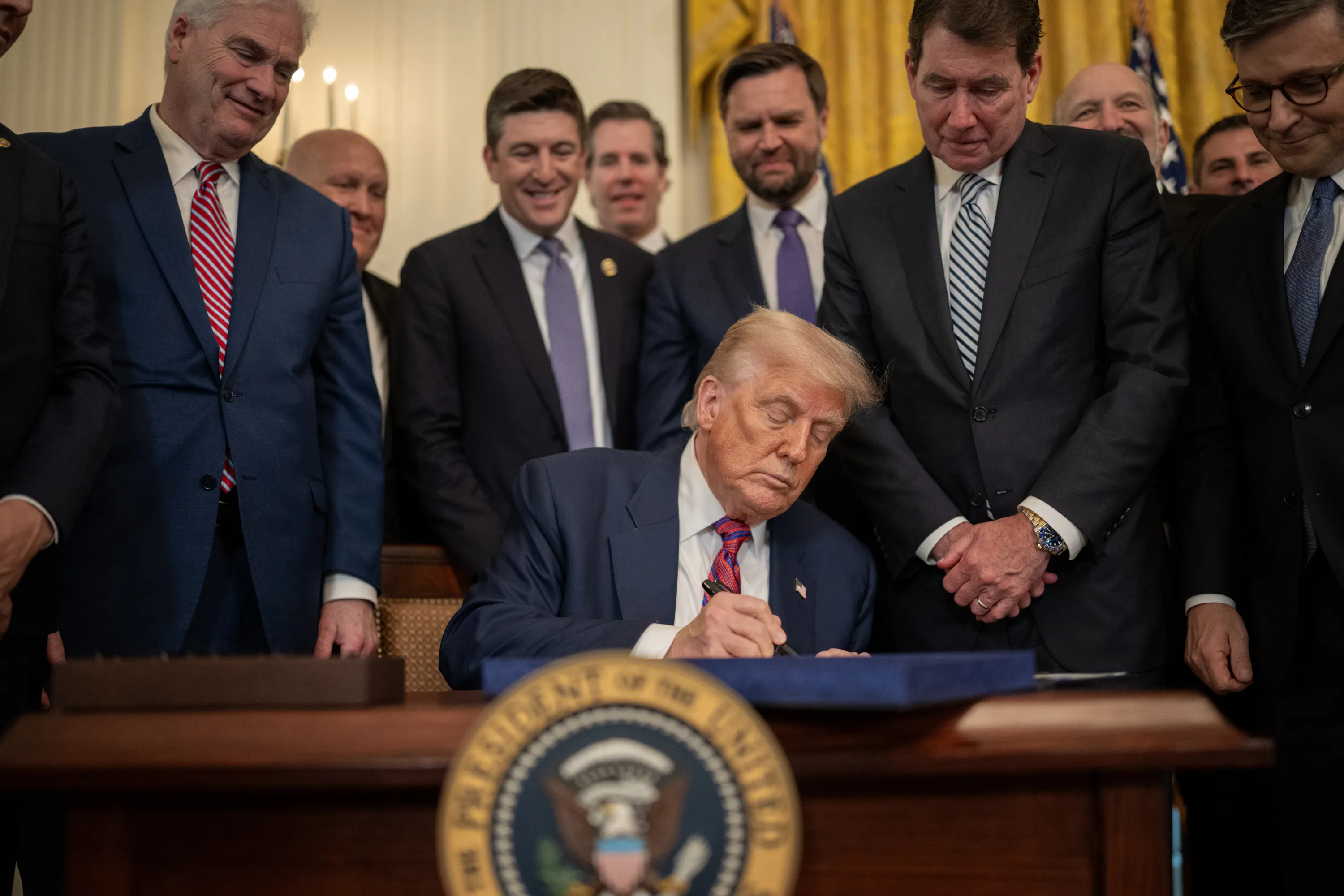These designers have created clothes for people with disabilities – but can it really ‘democratize’ fashion?

Despite making up 15% of the global population, people with disabilities are largely ignored by the fashion industry.
Image: REUTERS/Benoit Tessier
Stay up to date:
United States
‘Inclusivity’ is not a word usually associated with the fashion industry, but Tommy Hilfiger has bucked this trend by launching a clothing line specifically designed for disabled adults.
The designer brand’s founder and namesake said the move, which follows a collection for disabled children in 2016, was part of an effort to “democratize” fashion.
The new adaptive line features adjusted leg openings and seams, and magnetic zips and velcro fasteners designed to be used with one hand.
As Hilfiger told the Financial Times in 2014, his brand has operated in what he called a “pricing sweet spot” for decades. It cultivated hip-hop stars to help make it the go-to “affordable luxury” brand for younger people with spare cash.
An untapped market?
Clothing ranges designed for disabled people are not new. A UK company, Adaptawear, has been producing garments with adaptive fastenings for almost 10 years for people with arthritis, Parkinson’s disease, dementia, and those who struggle with buttons and zips.
Other companies offer bespoke products, such as bras and swimsuits for women who have had mastectomies.
Yet few mainstream designer brands make clothes for disabled people, despite the fact that they make up a significant proportion of the population.
A 2011 World Health Organization report estimated there were one billion disabled people worldwide, or about 15% of the global population.
In the US, one in every five adults has a disability according to a 2015 study by the Centers for Disease Control and Prevention, while in the UK the figure is about 13.3 million, also about a fifth of the population.
Meanwhile, consultancy McKinsey reckoned the fashion industry was worth $2.4 trillion in 2016 and, if ranked alongside individual countries’ GDP, it would be the seventh biggest economy.
So given the fashion industry’s economic clout and the sheer numbers of disabled people, why are big brands not doing more to accommodate this segment of the market?
One reason may be because of the diverse nature of disability. Designing clothing ranges for people with mobility problems, missing limbs, poor coordination, difficulties with vision or other disabilities has traditionally been left to smaller specialist companies.
But big brands are also overlooking or choosing to ignore other groups that do not conform to fashion industry norms. For example, studies have shown that while about 67% of American women are size 14 or above, only 18% of clothing sold in the US in 2016 was plus-size apparel.
Disability and poverty
Perhaps, despite the millions of potential customers around the world, brands see creating fashionable clothing for disabled people as a niche market.
There is also the question of disposable income. The WHO report pointed out that disabled people are more likely to be unemployed and living in poverty than the able-bodied.
As the US Disability Statistics 2016 report said: “The median earnings of US civilians with disabilities ages 16 and over was $21,572, about two-thirds of the median earnings of people without disabilities ($31,874).”

With few exceptions, mainstream fashion remains far from inclusive and democratic. However, some up-and-coming designers and organizations such as Open Style Lab (OSL) are working on making fashionable clothing accessible to disabled people.
Grace Jun, OSL’s executive director, told Vogue designing clothing aimed only at disabled people isn’t necessarily the solution, and that companies need to think about how their garments would work for all their customers.
Don't miss any update on this topic
Create a free account and access your personalized content collection with our latest publications and analyses.
License and Republishing
World Economic Forum articles may be republished in accordance with the Creative Commons Attribution-NonCommercial-NoDerivatives 4.0 International Public License, and in accordance with our Terms of Use.
The views expressed in this article are those of the author alone and not the World Economic Forum.
Forum Stories newsletter
Bringing you weekly curated insights and analysis on the global issues that matter.
More on Economic GrowthSee all
Wolfgang Fengler and Marta Cyhan Bowles
September 22, 2025
Agshin Amirov and Azar Hazizade
September 19, 2025
Muhammad Osama Khan and James Balzer
September 18, 2025
Eric White and Elia Tziambazis
September 18, 2025
Lars Holmquist
September 17, 2025
Dante Disparte
September 17, 2025






